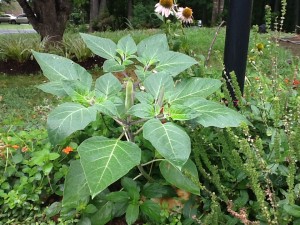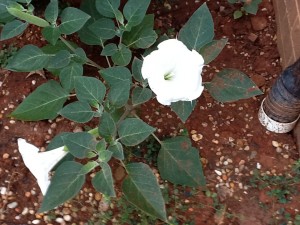Tulips are the third most popular flower in the world! They are beautiful and sure to bring on the happy! Here is a brief history of this astonishing bloom.
Origin and Symbolism
Tulips originated in Turkey and Persia many centuries ago. The popularity of this flower grew very quickly, especially in the Netherlands. Back in the 17th century, a phenomenon called “tulip mania” took place where tulips were traded in the stock market and sold at incredibly high prices. Dutchmen left their jobs to become tulip growers but suddenly the market collapsed and many investors were left penniless.
Tulips symbolize imagination, dreaminess, a perfect lover and a declaration of love. Legend has it that a Persian boy fell in love with a maiden. One day, Farhand (the Persian boy) found out that Shirin (the maiden) had been killed. He was so heartbroken that he decided to get on his favorite horse and jumped off a cliff to his death. Each drop of blood became a tulip, a symbol of his perfect love.
To Consider
Tulips can be planted in fall since they do require a period of cold before flowering. They grow better in places with cold springs and dry summers. Some parts of the flower are edible, but avoid eating if they have been treated with chemicals. They have “a mild bean-like taste, to a lettuce-like taste, to no taste at all.” Some tulips have a sweet scent and different varieties grow from a couple of inches to over two feet tall.
The ASPCA says tulips are toxic to dogs, cats and horses.
Availability
There are over 3,000 registered varieties of tulips. They come in many different shades, but the most popular color is red. Tulips make beautiful hand-tied bouquets for brides but can also be given in a vase for display. The flower has a vase life of 7-10 days.
This flower is really one of the most popular and beautiful of blooms. Head to your local florist and surprise a loved one with a stunning tulip bouquet today!


 Find Your
Find Your 
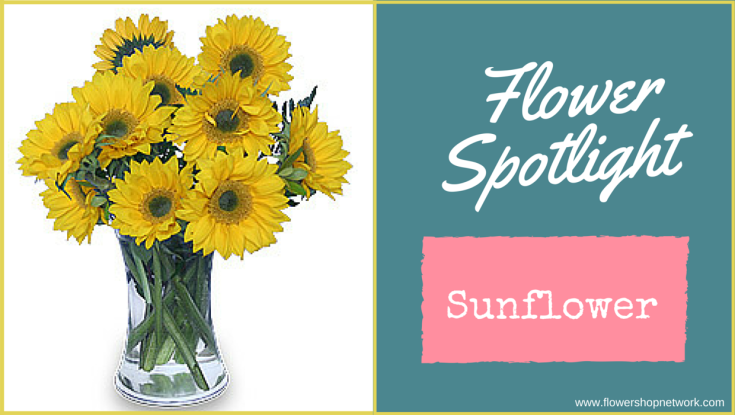
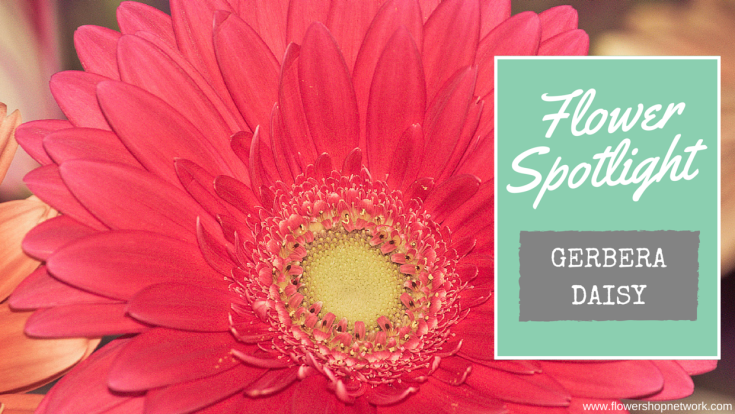

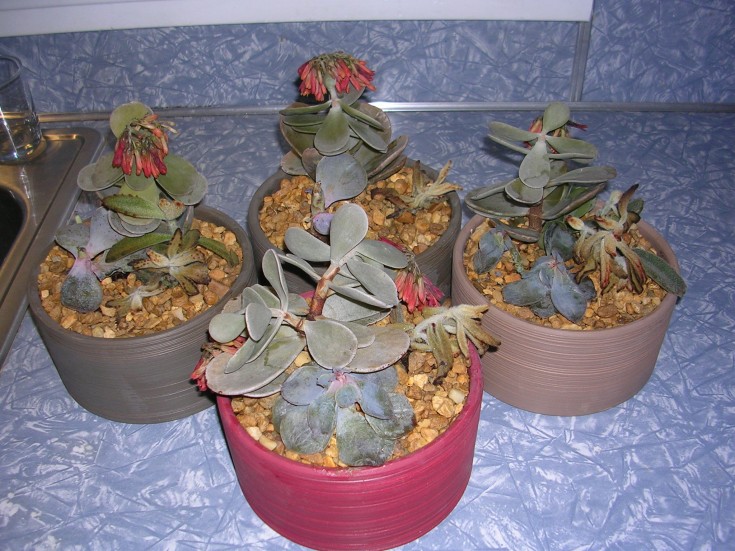
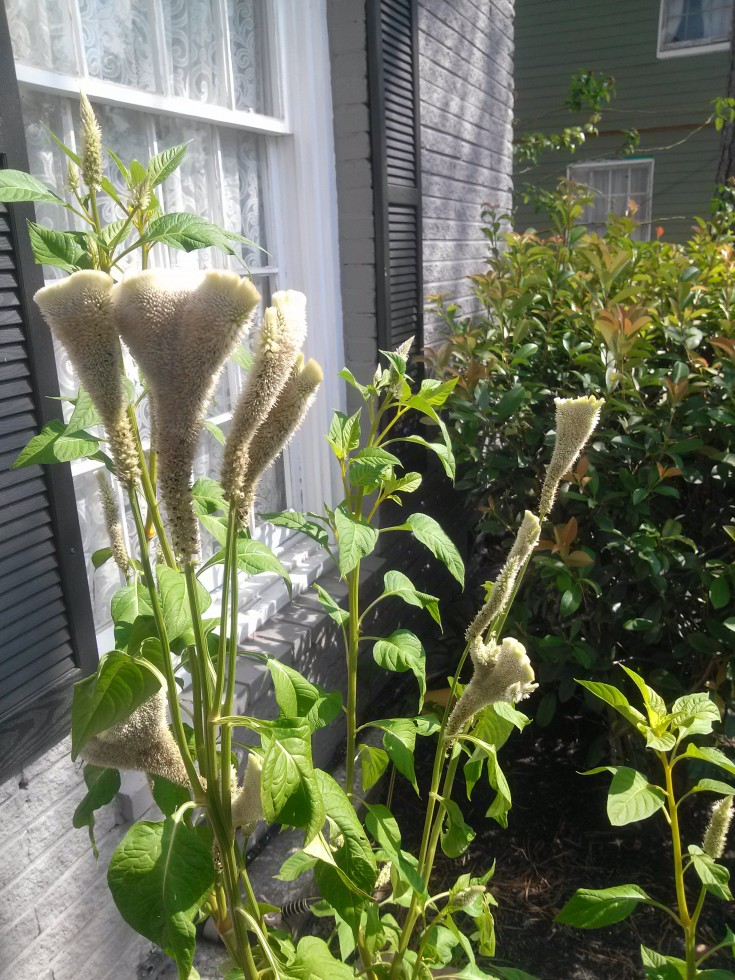
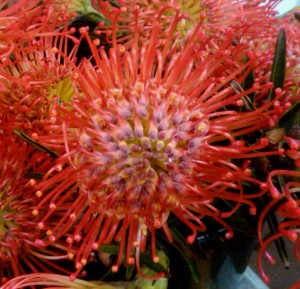
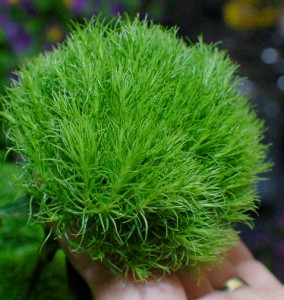

 Ask the Expert: What is the name of this flower?
Ask the Expert: What is the name of this flower?